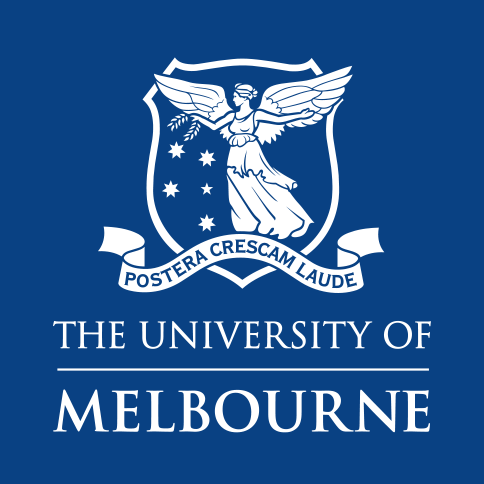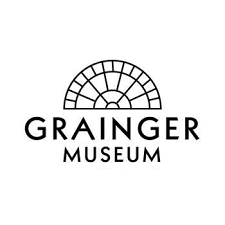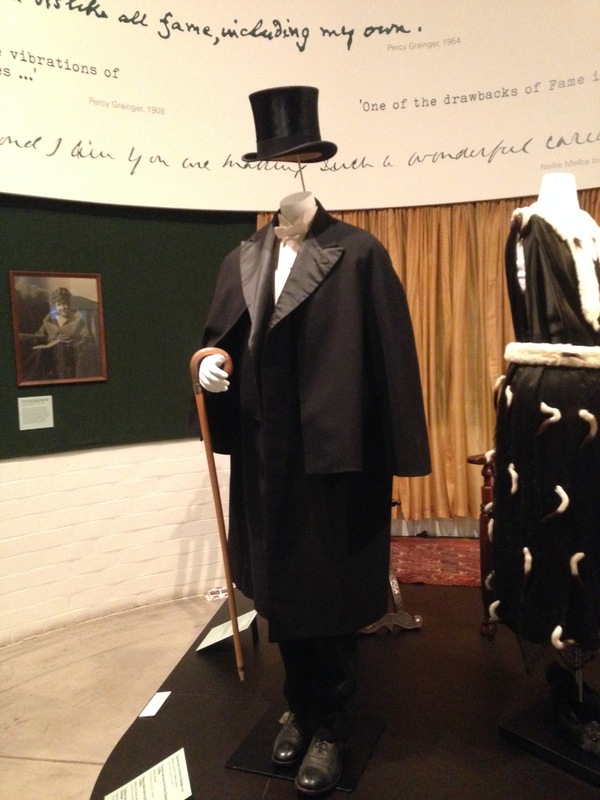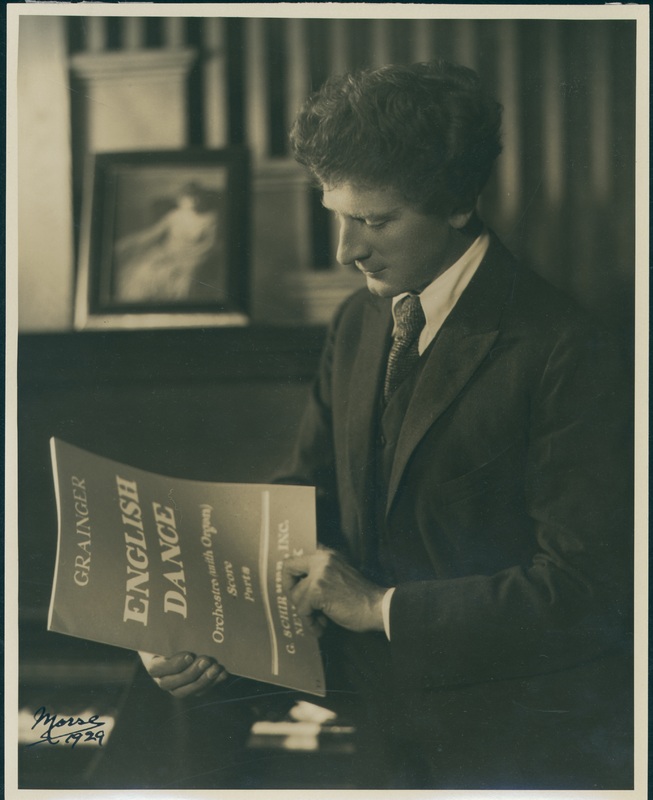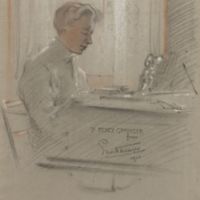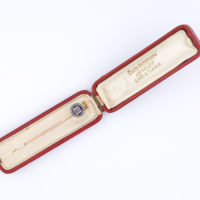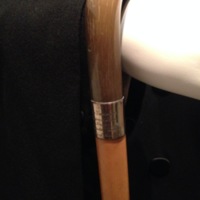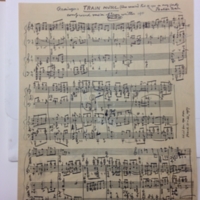Grainger on the world stage
‘… how happy & proud I am you are making such a wonderful career.’
Nellie Melba to Percy Grainger, 1916
Upon their arrival in London in 1901, Rose and Percy Grainger worked very hard. Rose created a physical and social context to support her son’s entry into the highly-competitive professional pianist scene. Percy spent many hours a day in practice, refining his technical virtuosity and expanding his repertoire, and took on pupils for additional income. He wrote to a friend at the time:
‘I am hugely taken up tackling “society” and trying to re- and newly- popularise myself’.
Grainger enjoyed the support of a number of key mentors. Portrait painter John Singer Sargent helped with entrées into London society homes, and Australian contralto Ada Crossley included Grainger in her touring party, exposing him to the peripatetic life of the modern professional musician. Grainger’s brief friendship with Norwegian composer Edvard Grieg in 1906–07 was particularly significant, and he benefited from additional fame by association with Grieg for the next 50 years.
From around 1909 Grainger achieved real celebrity as a solo pianist, performing in sold-out concerts across Britain and Europe, and later, the United States. His reputation as a composer also grew. He wrote to a friend soon after his first composition was published in 1911:
‘Nothing in my English career has up to now made me so well-known and so praised and talked of on all sides as my compositions in the last 3 months …’
Grainger’s move to America in 1914 coincided with his exposure there as a composer, when a number of performances of Grainger works ‘by the greatest orchestras in different places … made me very famous at a blow.’ Grainger became wealthy, but always disdained the trappings of fame, preferring instead to live, travel and socialise as simply as possible.
